I'm looking into implementing object-versioning with the added twist of needing to have both live and draft objects, and could use the insights from someone experience in this, as I'm beginning to wonder if it's even possible without potentially horrific hacks.
I'll break it down to posts with tags for the sake of the example, but my use-case is a bit more general (involving slowly changing dimensions - http://en.wikipedia.org/wiki/Slowly_changing_dimension).
Suppose you've a posts table, a tags table, and a post2tag table:
posts (
id
)
tags (
id
)
post2tag (
post_id fkey posts(id),
tag_id fkey tags(id)
)
I'm in need of a couple of things:
- Being able to show exactly how a post looked like at an arbitrary datetime, including for deleted rows.
- Keep track of who is editing what, for a complete audit trail.
- Needs a set of materialized views ("live" tables) for the sake of keeping referential integrity (i.e. logging should be transparent to the developers).
- Needs to be appropriately fast for live and the latest draft rows.
- Being able to have a draft post coexist with a live post.
I've been investigating various options. So far, the best I've come up with (without points #4/#5) looks a bit like the SCD type6-hybrid setup, but instead of having a current boolean there's a materialized view for the current row. For all intents and purposes, it looks like this:
posts (
id pkey,
public,
created_at,
updated_at,
updated_by
)
post_revs (
id,
rev pkey,
public,
created_at,
created_by,
deleted_at
)
tags (
id pkey,
public,
created_at,
updated_at,
updated_by
)
tag_revs (
id,
public,
rev pkey,
created_at,
created_by,
deleted_at
)
post2tag (
post_id fkey posts(id),
tag_id fkey tags(id),
public,
created_at,
updated_at,
updated_by
)
post2tag_revs (
post_id,
tag_id,
post_rev fkey post_revs(rev), -- the rev when the relation started
tag_rev fkey tag_revs(rev), -- the rev when the relation started
public,
created_at,
created_by,
deleted_at,
pkey (post_rev, tag_rev)
)
I'm using pg_temporal to maintain indexes on period(created_at, deleted_at). And I keep the various tables in sync using triggers. Yada yada yada... I created the triggers that allow to cancel an edit to posts/tags in such a way that the draft gets stored into the revs without being published. It works great.
Except when I need to worry about draft-row related relations on post2tag. In that case, all hell breaks loose, and this hints to me that I've some kind of design problem in there. But I'm running out of ideas...
I've considered introducing data duplication (i.e. n post2tag rows introduced for each draft revision). This kind of works, but tends to be a lot slower than I'd like it to be.
I've considered introducing drafts tables for the "last draft", but this quickly tends to become very very ugly.
I've considered all sorts of flags...
So question: is there a generally accepted means of managing live vs non-live rows in a row-version controlled environment? And if not, what have you tried and been reasonably successful with?
